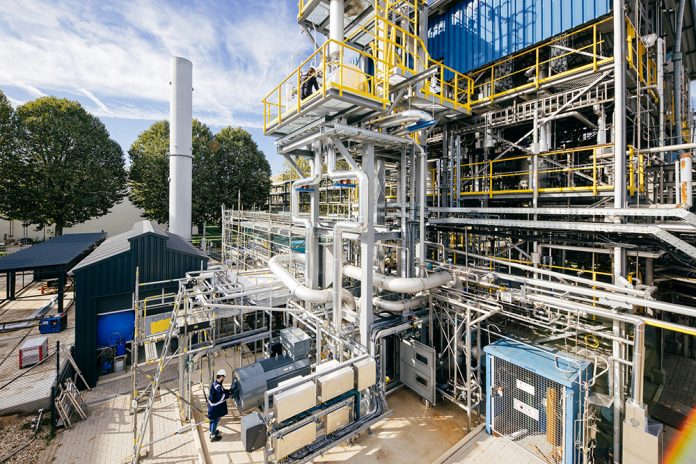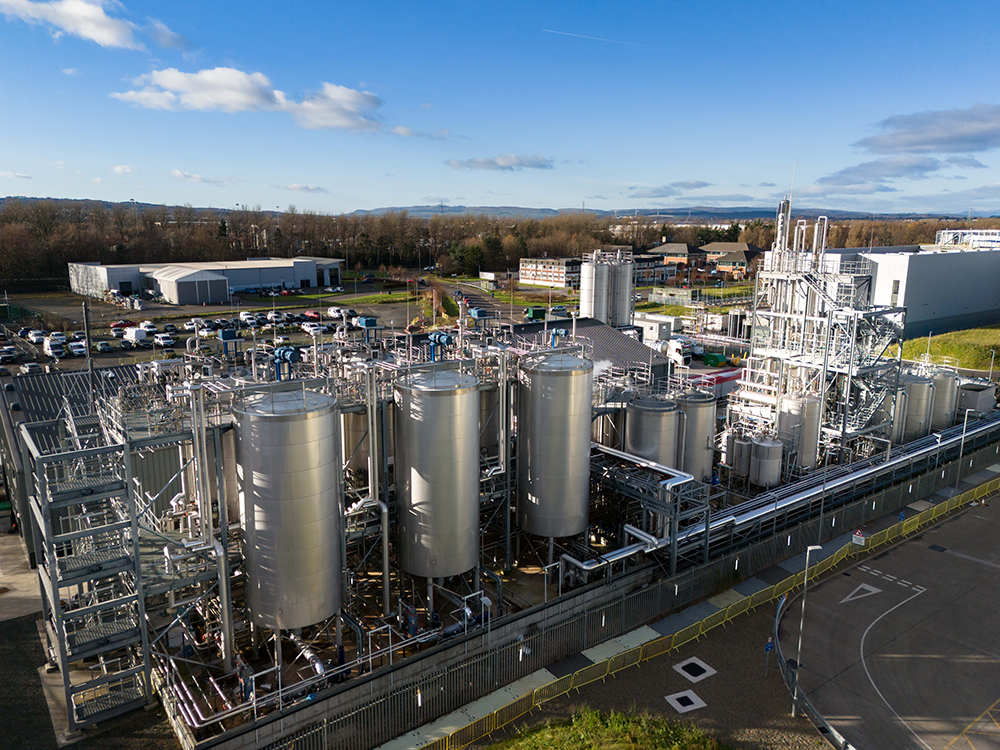Coolbrook’s achievements in pilot testing reinforce their position as leader in electric steam cracking, enabling CO2 emission reductions of 300 million tons per annum.
Technology and engineering company Coolbrook has successfully demonstrated electric steam cracking of naphtha in its large-scale pilot plant in Brightlands Chemelot Campus, the Netherlands.
The company says the tests validate the potential of their RotoDynamic ReactorTM (RDR) Technology to replace traditional fossil fuel-based cracker furnaces with electric RDR units in the petrochemical industry.
They also say the technology significantly improves process efficiency of petrochemical plants, reducing demand for feedstocks and enabling higher circularity in plastics and other materials.
Based on the positive results achieved in late 2023, Coolbrook will continue performance testing and optimisation in 2024 and beyond. Coolbrook will first test various traditional feedstocks and later also recycled and renewable feedstocks to enable circular and bio-based materials manufacturing at industrial scale.
As the next step, Coolbrook aims to deploy the RDR Technology at industrial scale and integrated to customer projects, with the first projects launched during 2024.
“The successful cracking of naphtha in our large-scale pilot reinforces Coolbrook’s position as the clear leader in electric steam cracking. We look forward to finalising the pilot tests and deploying the RDR technology at customer sites together with our industry forerunner customers and technology partners to enable transitioning to net-zero in a cost and energy-efficient manner,” says CEO Joonas Rauramo.
Through electrification of the steam cracking process, petrochemical actors can stop burning of fossil fuels to produce ethylene, propylene and high-value chemicals that are the most essential building blocks for the various plastics, rubbers and other materials which are used to produce and manufacture everyday essential materials, products and goods.
Steam cracking furnaces emit approximately 300 million tons of CO2 each year and electrification, combined with renewable electricity, can reduce these emissions to zero.
Early last year Coolbrook also successfully conducted the testing of its RotoDynamic Heater technology which has the potential to reduce industrial CO2 emissions at scale in chemicals, steel, cement and other energy-intensive industrial sectors that have been considered hard to abate and impossible to electrify.
The combined CO2 emission reduction potential of the RotoDynamic Technology is in excess of 2.4 billion tons annually, corresponding to 30% of global industrial CO2 emissions and 7% of all global CO2 emissions.
“Coolbrook’s RotoDynamic Technology is the only electric technology that can transform heavy industries to net zero. Together with our committed ecosystem of the most forward-looking petrochemical, cement and steel producers, technology providers and academics, we can make a real difference and start a clean new industrial era,” Rauramo concludes.
Named Tech Champion 2022 in the Manufacturing category by The Financial Times, Coolbrook aims to decarbonise major industrial sectors like petrochemicals and chemicals, iron and steel, and cement. Their rotating technology combines space science, turbomachinery and chemical engineering to replace burning of fossil fuels across all major industrial sectors. Once implemented at scale, it has the potential to reach temperatures of 1700°C and cut 2.4 billion tons (30%) of annual CO2 emissions in heavy industry.
More information at www.coolbrook.com.









